Indian food is distinctive and delicious, containing a unique blend of herbs and other exotic flavors and spices. This top ten list describes some of the most common tastes to look for in Indian cuisine Try all ten and expand your palette for eating and cooking the delicacies of India.
Looking to create a few Indian dishes? These top 10 hallmark spices of Indian cuisine are ones that you’ll want to shop for at the international market in order to get started:
10. Spice It Up With Turmeric
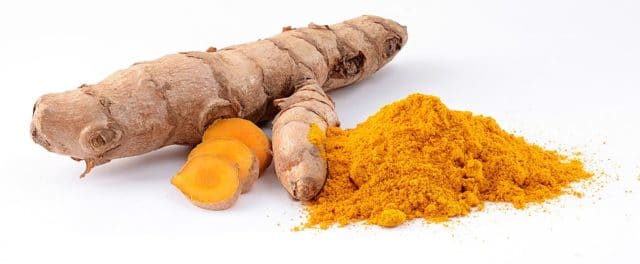
Turmeric is an Indian spice, bright yellow in color and is used in both south and north Indian cooking. It is derived from a plant native of India that is part of the ginger family. It is made from the boiled, dried, cleaned and polished roots of the turmeric plant. In medieval Europe it became known as Indian saffron and was far more expensive in its day than the saffron spice of today. Turmeric is used primarily in Kashmiri dishes. Used for flavor and color, it is a principal element in curry powder.
9. The Sweet Aroma of Coriander
Coriander powder, known in India as ‘Dhaniya’ is purchased as whole seeds or in powder form in both south and north Indian cooking. Fresh coriander is also known as ‘cilantro’ to many. The seeds are often used as a condiment with or without roasting. It is a herb with a delicate sweet aroma and it is an essential spice in every Indian household. It is used in Indian Dals (dried legumes and pulses), Rasam, Sambar, soups and curries. The fresh coriander leaves are generally used as garnish on top of finished dishes. Native of the Mediterranean, coriander is produced in India and in many other countries. The oil is used in seasonings for sausages and other meat products.
8. Cumin, An Addition To Indian Curry
Cumin, known as ‘Jeera’ in India, can be purchased as whole seeds or in powder form and comes from a dried, white fruit on an annual herb that is a tropical plant grown in many parts of the world. The seeds are bitter and have an aromatic odor. It is indigenous to northern Egypt, Syria, the Mediterranean region, Iran and India. It is also grown in Mexico, China, Sicily and Malta. Cumin is used in Indian cooking as a flavoring agent in things like curry powders, seasonings of breads, cakes and cheese, and as a condiment. It is also used in many native dishes of Central and South America. Used in small quantities in most dishes it merely enhances the dish further. It is found to date from the second millennium B.C. All Indian curries and dals include it in small quantities. Often the cumin seeds are heated and roasted which gives off its robust flavor and aroma. Cumin can be used in powder form but is best used with the seeds.
7. The Full-Flavor of Mustard Seeds
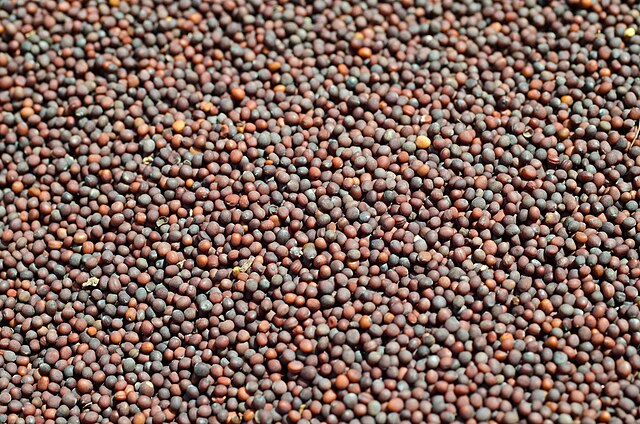
Mustard seeds come from an annual herb cultivated as an oil seed crop, vegetable, condiment and spice. They are either tiny black, pale yellow, white or brown balls that release a full flavor when roasted. After being heated they ‘pop’ and release a rich flavor. They are used in south Indian cooking as part of the Tadka (a cooking technique where you cook whole seeds in oil to heighten flavor). The yellow/white mustard is native to southern Europe whereas brown mustard is from China and was then introduced to northern India. Black mustard seeds come from the southern Mediterranean region but are cultivated around the world. Powders are also used in mayonnaise and leaves of the mustard plant are used either dried or dehydrated for taste in recipes as well. Ground mustard is used for flavor in Bengali fish curries.
6. The Predominant Flavor of Curry

Curry leaves come from a tree and curry is used as a spice to add fragrance and flavor to southern Indian dishes. It is a spicy ingredient and can be used dried or fresh and is grown throughout southern India. Curry is often used as a sauce in many Indian recipes and is also used to marinate tandoori and tikka kabobs.The curry tree is used not only for its leaves, but the bark and roots are known as a tonic and a stimulant. Research indicates that curry has existed since before the birth of Christ. Curries have taken shape around the world since then with each country creating it in their own unique way.
5. The Sourness of Tamarind

Tamarind paste is made from the ripe fruit of the tamarind tree, an evergreen. It is a tree that originates from Madagascar and the tamarind pulp is used in many culinary Indian creations. The tamarind kernel powder is extensively used too. It is used as a condiment in India and is widely cultivated there and in other semi-tropical regions with low rainfall. It has a sour and acidic taste and is used in south Indian dishes to give taste. It usually comes in a concentrated paste commercially.
4. Cinnamon, Native to India

Cinnamonis derived from the bark of a hardy, evergreen tree and is native to India. What is known as the ‘true cinnamon’ or Sri Lankan Cinnamon is the dried inner stem bark of the Cinnamomum Verum. They are grown as bushes and are ready for harvesting after two years of growth. Cinnamon oil comes from the bark of the tree. Cinnamon sticks are used in Indian cooking for the preparation of Pulao (Pilaf), Biryanis and certain curries. Chips or ‘quills’ are scraped peel of the inner bark of the mature cinnamon shoot which is dried in the sun and then in the shade. The fragrance is sweet, earthy and a warm enjoyable taste. It is also used as a powder in cooking as well as in dried sticks.
3. The Resin of Asafoetida

Asafoetida, strangely known as ‘the devil’s dung,’ is known for its pungent odor. It is the dried latex or gum exuded from the living underground rhizome or tap root of several species of Ferula, a perennial herb which grows in India (although it originated in the Americas). It is prepared from the sap of a plant which is dried into a grayish resin and is quite hard and needs to be broken down with the help of a hammer or other tool. It is used as a condiment and flavoring agent in Indian food. It gives the unique flavor to Rasams and Sambars of southern India. It is grown in Kashmir and in some parts of Punjab in India but India is supplied with it mainly from Afghanistan and Iran. There are two main varieties both of which are acrid and bitter and give off a disagreeable unpleasant odor due to its sulphur compounds. It is mixed with starch and gum in a block or in powder form. It is used in flavoring Curries, Sauces and Pickles.
2. Black Cardamom, the Queen of Spices
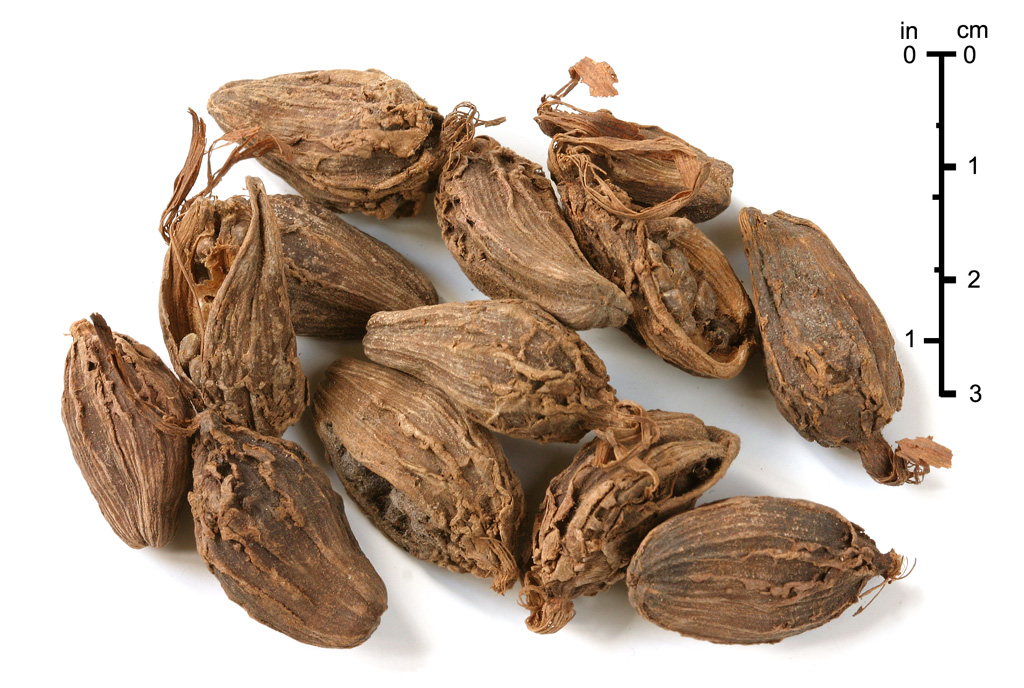
Black cardamonis known for its smoky, pungent aroma and is used in many Indian dishes. It is the dried ripe fruit from the capsules of the cardamom plant, often referred to as the “queen of spices” because of its pleasant fragrance and taste. Different from the green cardamom, the black cardamon is used in the preparation of Dals, Curries, Biryanis and the famous Indian Garam Masala or ‘hot spices’ which not only include Black Cardamon but bay leaves, black pepper, black cumin, cinnamon, cloves, mace and nutmeg. The pods are released just before adding to a dish. Cardamon oil is a precious ingredient in many food preparations including Indian beverages. Cultivation is concentrated in the evergreen forests of western Ghats in south India. It is grown on a smaller scale in other countries as well. It is used in both whole and ground form. Cardamom oil has applications in flavoring processed foods, cordials, and liquors and in perfumery and in Ayurvedic medicines (a traditional Indian medicine system popular in Southeast Asia).
1. The King of Spices, Red Chili Powder
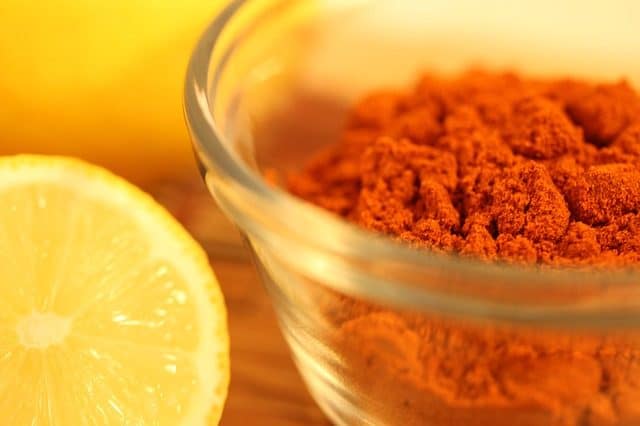
Red chili powder or cayenne pepper adds a spicy kick to Indian food and is known as the “king of all spices”. Chili is the dried ripe fruit of the genus Capsicum. It is believed to be native to South America, first introduced to the Indians from the Portuguese in the 15th-century. Today it is used in the infamous Indian curry dishes.
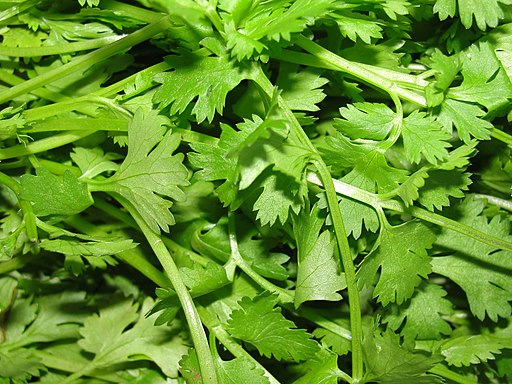

22 Comments
So sorry I still agree
nice one Athoams I agree with you why are people taking about smells like OMG what the hell are those niches taking about
I am not sure why everyone is complaining about a “smell”. But Indian spices to me are hypnotic and lovely. I enjoy the flavors, the smells and the wonderful culture of Indian food. Ignorance is a terrible waste of humanity. Just because it is different doesn’t make it wrong or bad. I have been all over the world and to me the Indian Culture has the secrets to good tasting and good for you food. And I agree with Rahul. Ginger should be added. Mmmmmmmm Getting hungry just thinking about the wonderful smells and tastes.. Enjoy
I am Indian. I personally think black pepper should be #1. It is used not only as an ingrediant, but also as an additive, as in boiled eggs and other things. Also the effect of its taste last longer (In my opinion) than the red chilly.
Anyway its a good collection of Indian Spices and I personally think the author should add ginger also to the list. And yes, Curry is not a spice, its a mixture of other spices mentioned in the list.
P.S: Black pepper was called “Black gold” in medieval times and it was one of the reason which led to the colonisation of India by the Europeans.
Im n indian classical dancer form the Philippines 🙂
Very nice vidoe of the Mangalacharan of odissi dance
its an invocatory prayer to Lord Ganesha and Lord Jagganatha.
The dance is about interceding to both Gods so that they will guide the dancer
throughout the whole performance.
0. Black pepper
A palette is what an artist uses to hold his paints. You taste food with your palate.
Reading the opening paragraph again, the word you used works in terms of imagery, but it’s not obvious, and it makes it look like you used the wrong word.
saffron is orginated from india and it should be the number 1 in the list
aryana ” saffron is originated from India and it should be the number 1 in the list ” Not only that I strongly believe most of the spices of the world originated from India/ Kerala , interdicted into middle east and , mediterranean , then into Europe .
You are right about the chili/paprika/cayenne mismosh – my bad – I’ll correct asap but asap for me right now looks like a few weeks since i just broke my arm and can only type with two fingers so I’ll correct/clarify I was thoughtless about that one.! I live in Hungary too where paprika is king, sweet paprika, hot paprika… chili powder is a mix of herbs and cayenne comes in varying heats.
Cayenne pepper, chili powder, and paprika are totally different from each other. Saying they are the same discredits this author as claiming to have any knowledge of spices.
There is no ‘curry powder’, except as a scam foisted on the British by Indian merchants. Different curry dishes have different proportions of spices (and rarely have ‘curry leaves’ as an ingredient), and different regions use different spices in their curries, so there is no single spice ‘curry’; when British soldiers, having come to love the native dishes their cooks prepared for them, transferred back to England, they went to merchants asking for the ‘curry’ spice. The merchants, not wanting to lose out on the opportunity to make more money off the English (and recognizing the futility of trying to educate them one at a time on the intricacies of Indian cooking), would mix up a spice blend in proportions for common dishes in their region and sell it to them as ‘curry powder’.
Then what is that smell in Indian’s houses. They tell me it is curry.
” Then what is the smell in Indian’s houses.” When one adds turmeric or red chillies to a very hot cooking oil ,the burning of those ingredients is what give the aroma [you may call smell] People don’t use extractor fans while cooking,thus the aroma[smell] in the house.
Same as if you are frying onions,you get aroma[ smell] Almost evey food while cooking/frying has its aroma.
WOW you guys don’t know what you are talking about some Indian house smell of curry some don’t you guys are losers hahaha
Hi Sean, your point of view is interesting ! You are probably correct. There is no single product as “Curry” powder but it is a mixture of different indian spices and the contents may vary from region to region.
How in the name of god is curry not number 1? Every Indian i have ever know house reaks of curry.
you sir are a buffoon!
How so for a asking a question. Well then why do these guys houses always smell so strong of it. My job requires me to go into different peoples house every day. And every Indian house i go in reaks of curry.
Well, your house may reek of anything you cook. And that includes everybody. Not only Indians.
” Every Indian I have ever know house reeks of curry ” You may be right, but if during the cooking the extractor fan in the kitchen is kept on and the aroma of spices does not stay in the kitchen./ house. I can assure you that in my house you will NEVER ever get the reeking of curry while cooking or after cooking. Do you not get the reeking of bacon cooking in you house?
Nope my house never reeks of bacon. I don’t know why you are attacking me. All i did was state an opinion. Sorry you guys got so mad. This site is based on opinions not facts. So loosen up.